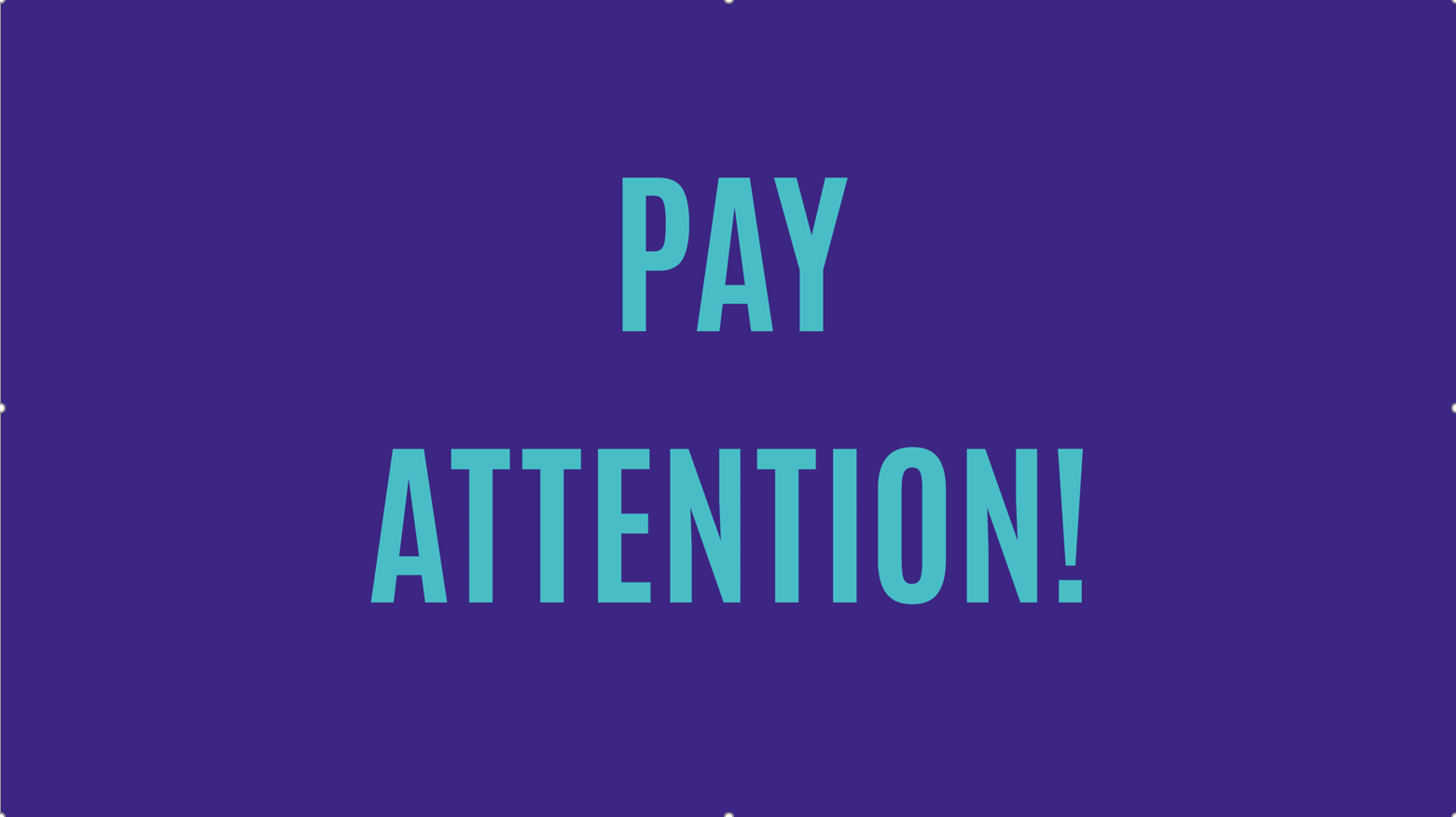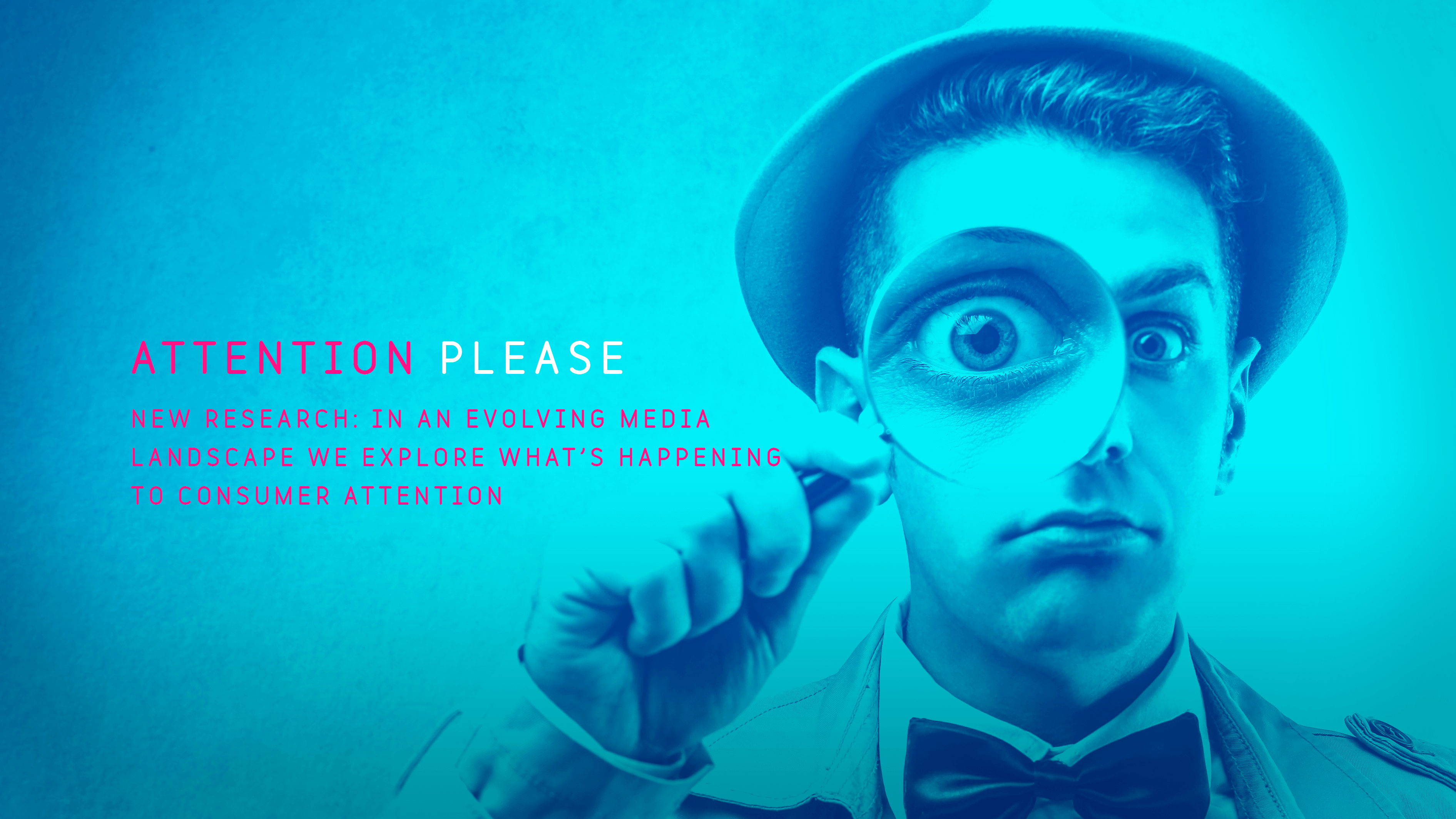By Sue Todd, CEO, Magnetic
What is attention?
It’s a notoriously difficult question to answer. In fact, it’s actually very difficult to define attention without using the word attention itself.
One of the founders of modern psychology, William James, described attention as “forming the direction of your consciousness” – it’s a kind of allocation of time and mental cognition to a certain thought. So I know that if you are reading these words, you have devoted at least some level of mental energy to understanding what I’m saying. So to you I say: thanks and keep up the good work.
Attention was the subject that we explored in our first ever Magnetic Stories event last month. These events bring together media planners and members of the advertising community and are designed to prompt debate and spark conversations around some of our industry’s biggest challenges. And to kick things off we invited Faris and Rosie Yakob from Genius Steals to discuss the big questions of Attention in an Attention Deficit economy.

The pair began by pointing us to a video of iconic magician Apollo Robins discussing attention, whilst simultaneously whirring cards around his fingertips in mesmerising fashion.
“What I want to do is direct and control your attention – or at least know where it is – because if I send your attention off into the darkness it can come around like a boomerang and hit me when I don’t want it to. What I do is manage attention like it is a water flow. I see where it goes and I move with that”.
I found this incredibly pertinent to our industry. We are all in the business of cultivating attention – it is the very lifeblood of what we do. But, as Faris and Rosie went on to explain, we must reframe how we approach it.
The proliferation of media and the emergence of smartphones means gaining and keeping the attention of audiences is a very different challenge to even ten years ago. Emarketer found that media consumption has plateaued in the UK – with adults spending an average of 9 hours, 23 minutes each day watching, streaming, reading and listening to media this year. This is the first instance of flat growth since records began.
So what does this tell us? Faris and Rosie argued this means we have hit peak attention. There is no more room for growth, no more hours in the day that could be spent with media. For advertisers, this means that every bit of attention we try to get from consumers has become harder and more expensive. To get any attention you need to steal it away from someone else.
Our attention has never been so valuable – or so intensely battled for. A consequence of this is the increasingly prominent attitude of viewing attention as a fiscal value, a commodity to be traded. But doing this is dangerous – not only for the advertiser, but for the entire advertising ecosystem. As Tristan Harris, co-founder of the Time Well Spent movement, has said, understanding attention as a simple commodity turns it into “a quantification that tramples across other qualitative areas”.
We explored this topic in our Pay Attention research which we conducted in collaboration with PHD and Bournemouth University earlier this year. Our findings showed that it is time for our industry to shift focus from viewing attention as “time spent” to measuring the quality of attention.
We intuitively understand that not all attention is the same – advertising works best when it captures an audience’s full attention, but can also be effective with relatively low amounts of attention, such as driving past a 48 sheet poster. But, of course, advertising doesn’t work if it captures no attention.
Faris and Rosie contrasted ComScore finding that 5.2 trillion digital ads were served in the US alone with Google’s report from 2014 which confirmed 56% of digital ads are ‘non-viewable impressions’, whilst also pointing out that there is a distinct correlation between the rise of targeting and the rise of ad-blocking. Consumers are feeling the effects of the battle for their attention and want to stop being bombarded.
A huge challenge is measuring attention. It’s impossible to create a metric which accounts for all the various kinds of attention whilst also considering the decisive impact of context. Context has a huge impact on how messages are received – Faris pointed to the long-form copy ads you may have seen from Jack Daniels in tube stations around London. These ads are great because they work with the context (audiences staring ahead whilst waiting for a train) in order to capture attention.
Magazines too are masters of this art – with research showing that attention to advertising is nearly as high as the attention to editorial content. This is because advertising is welcomed as a positive, as something which is part of the wider magazine experience.
The purpose of the advert, how the media is being experienced, and the relationship between the reader and the media brand all dovetail to make a strong contextual platform which naturally commands attention.
Leonardo Da Vinci once noted that “water is the driving force behind all nature”. The debut Magnetic Stories event provided an engaging platform for Rosie and Faris to illustrate how we need to think of attention like water at a critical time for our industry. As we take the series forward, we hope to be able to hear more diverse views from thought leaders, exploring the topics that matter most to our industry and sparking genuine debate.




